Xiaomi MIX Fold 4 redefines foldable phones with its lightweight design, robust Snapdragon® 8 Gen 3 performance, and advanced Leica quad-camera system.
The post Xiaomi MIX Fold 4: Lightweight Innovation first appeared on Trendy Gadget.
Xiaomi MIX Fold 4 redefines foldable phones with its lightweight design, robust Snapdragon® 8 Gen 3 performance, and advanced Leica quad-camera system.
The post Xiaomi MIX Fold 4: Lightweight Innovation first appeared on Trendy Gadget.
Xiaomi MIX Flip redefines foldable phones with a 4-inch functional outer display, robust Snapdragon® 8 Gen 3 performance, and advanced Leica cameras.
The post Xiaomi MIX Flip: Redefining the Compact Foldable Experience first appeared on Trendy Gadget.
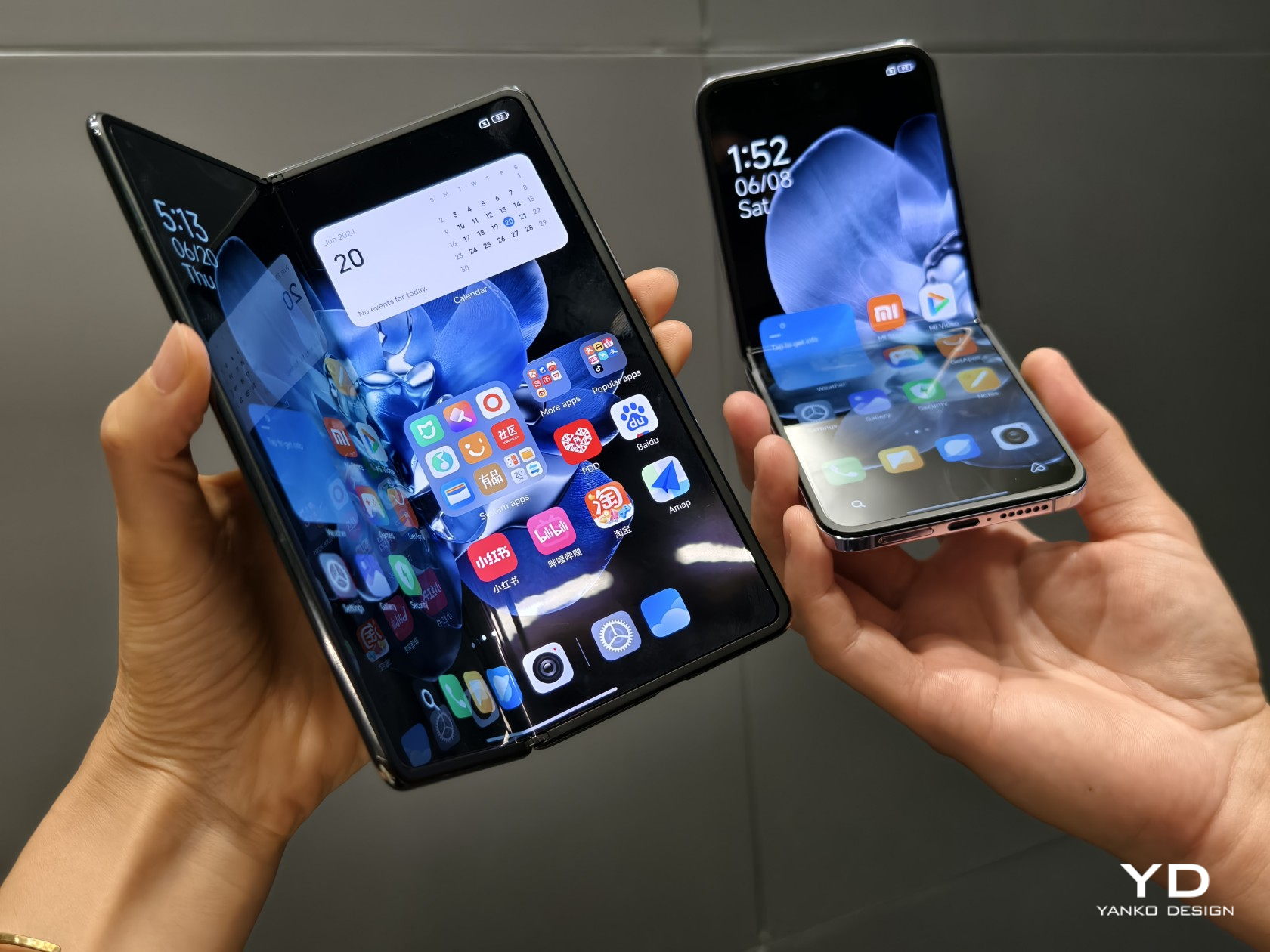
Despite what naysayers claim, there foldable phone market is showing no signs of disappearing or even slowing down. After all, we’ve barely scratched the surface of what these form-changing devices can truly become, especially when it comes to design. The book-style large foldable has been around for years, yet every generation still has some improvement to offer, whether it’s in durability, performance, or size. “Thin” is a description not often associated with this kind of smartphone, a kind that once felt like two phone slabs placed on top of each other. The Xiaomi MIX Fold 4 is challenging that preconceived notion with what is one of the thinnest foldables in the market, and we were able to get a hands-on experience to see what the fuss is all about.
Designer: Xiaomi
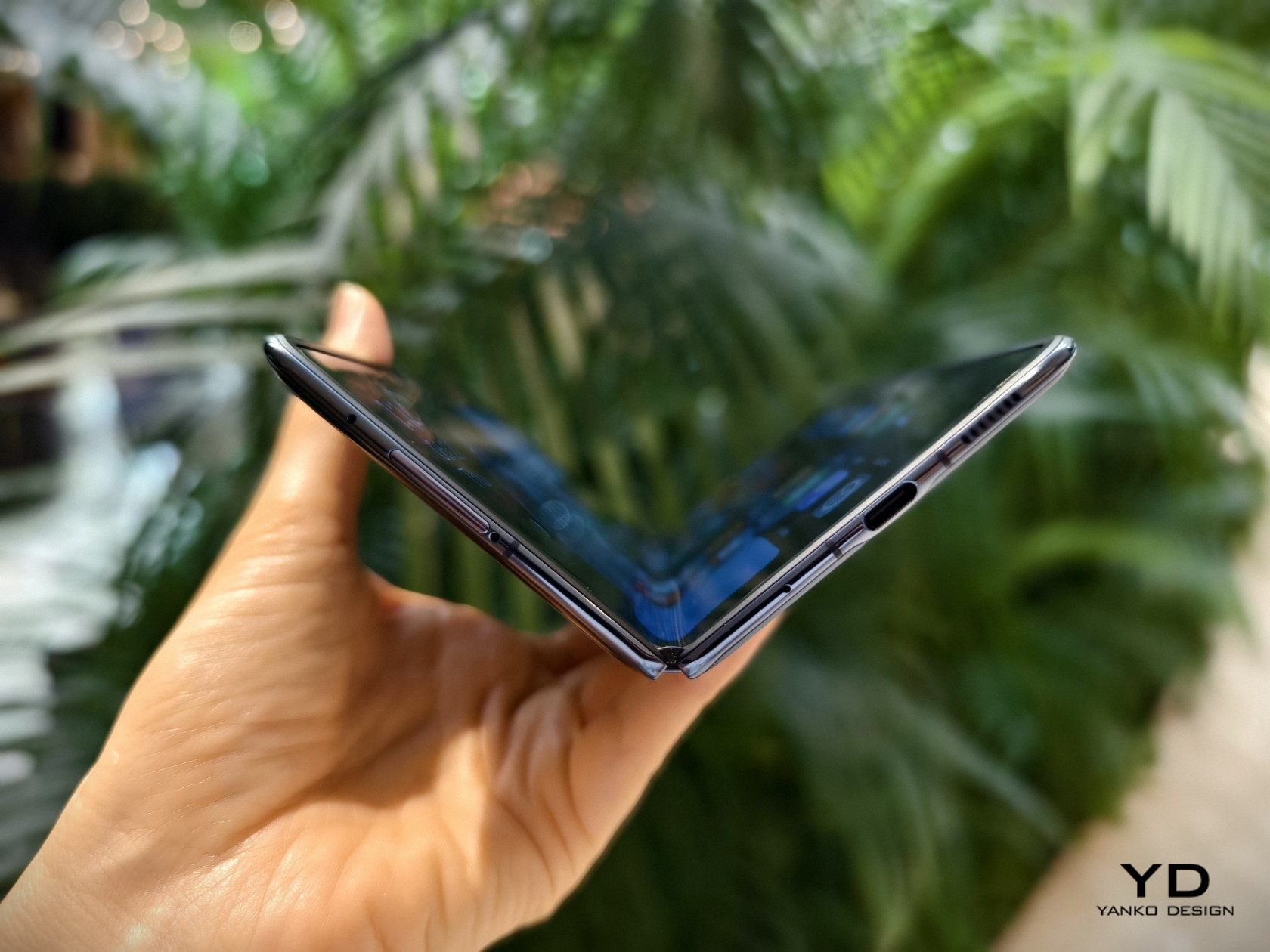
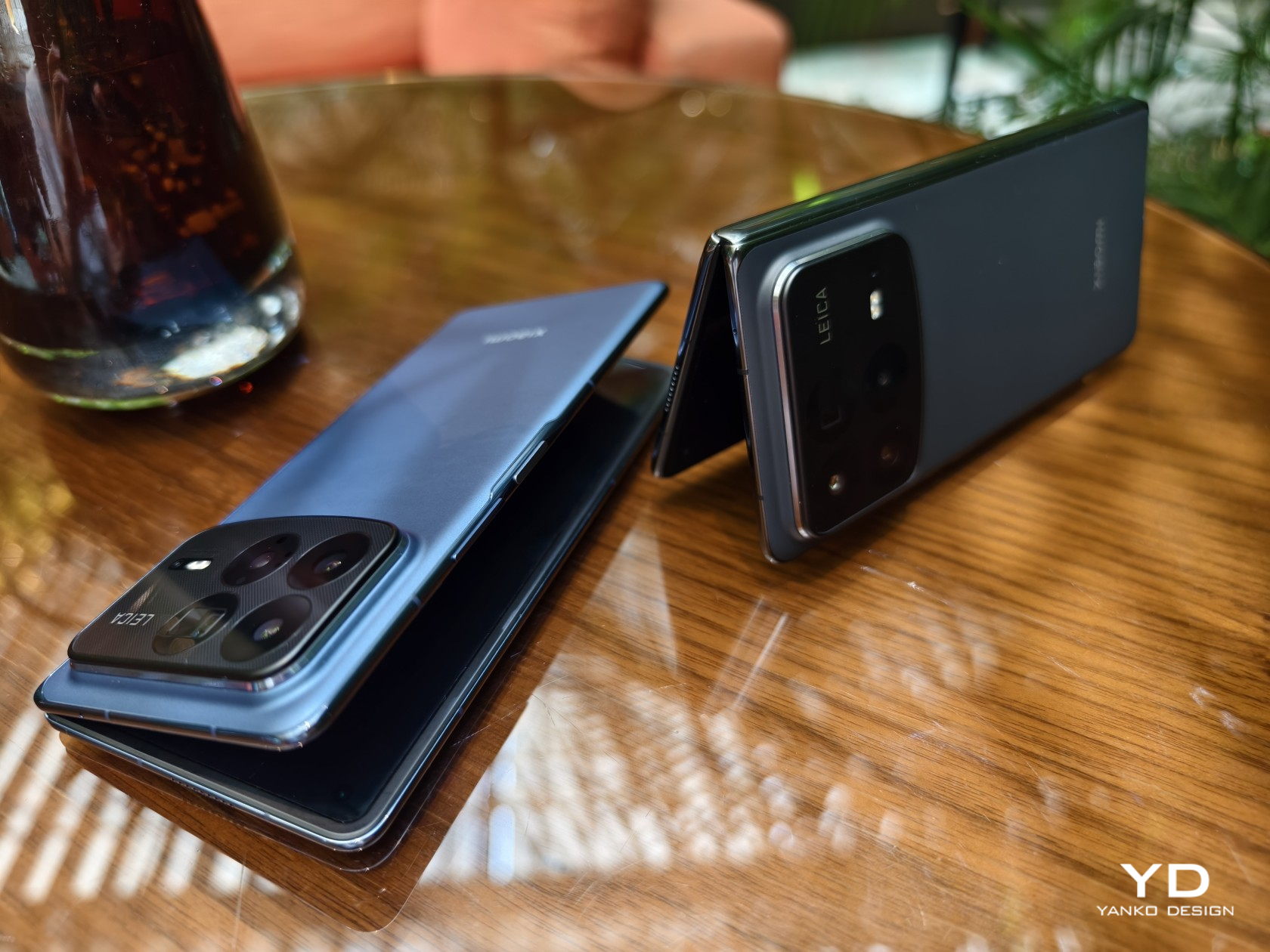
Next to the price tag and durability, one major concern that people have with foldable phones is their sizes. Admittedly, the earliest design iterations didn’t have the benefit of hindsight, but they were rather bulky and heavy when folded, a far cry from the regular phones we carry in our pockets. On its fourth generation, Xiaomi is really pushing the limits of foldables with a design that is getting really close to what people have become used to with non-foldable phones.
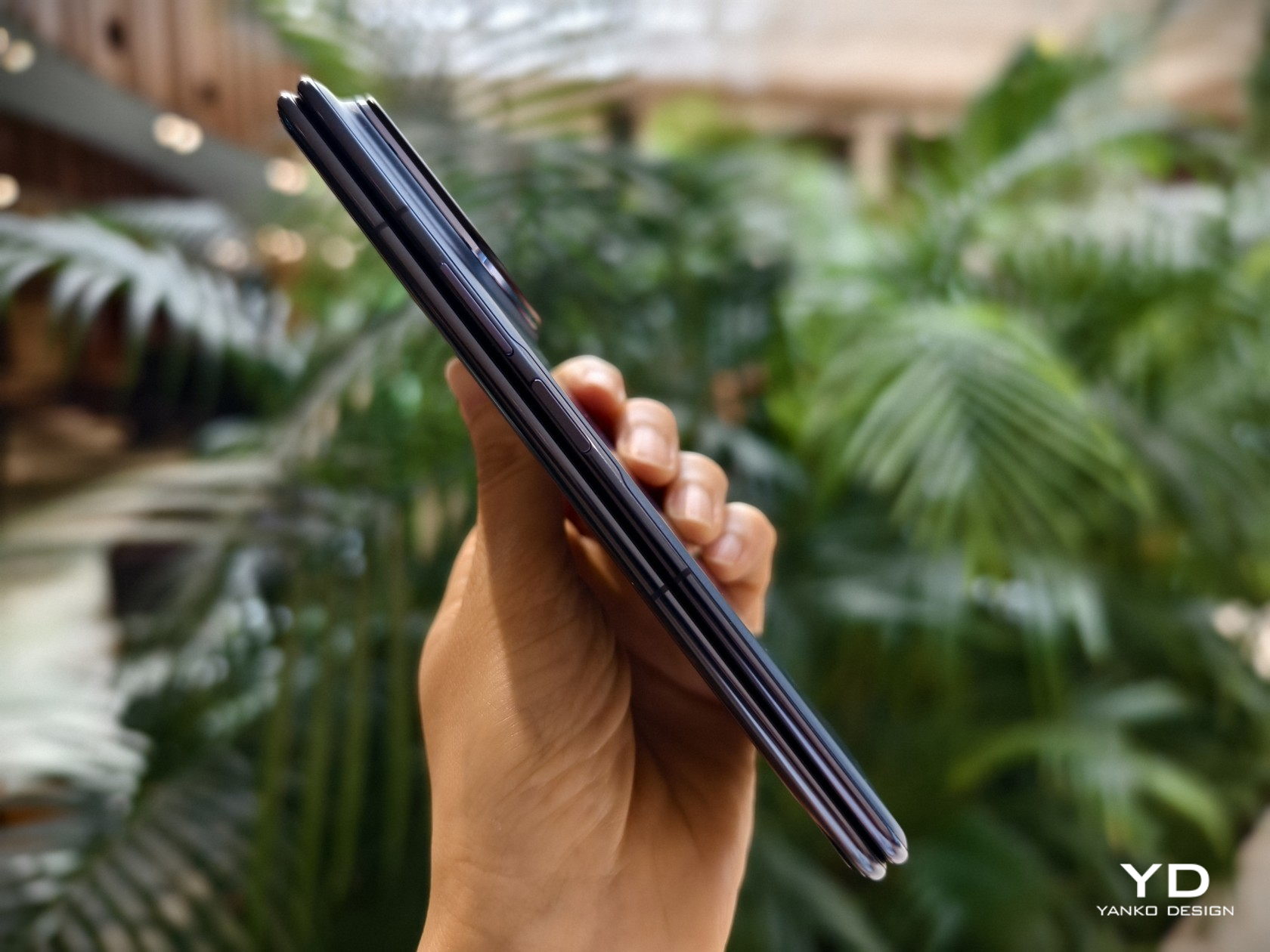
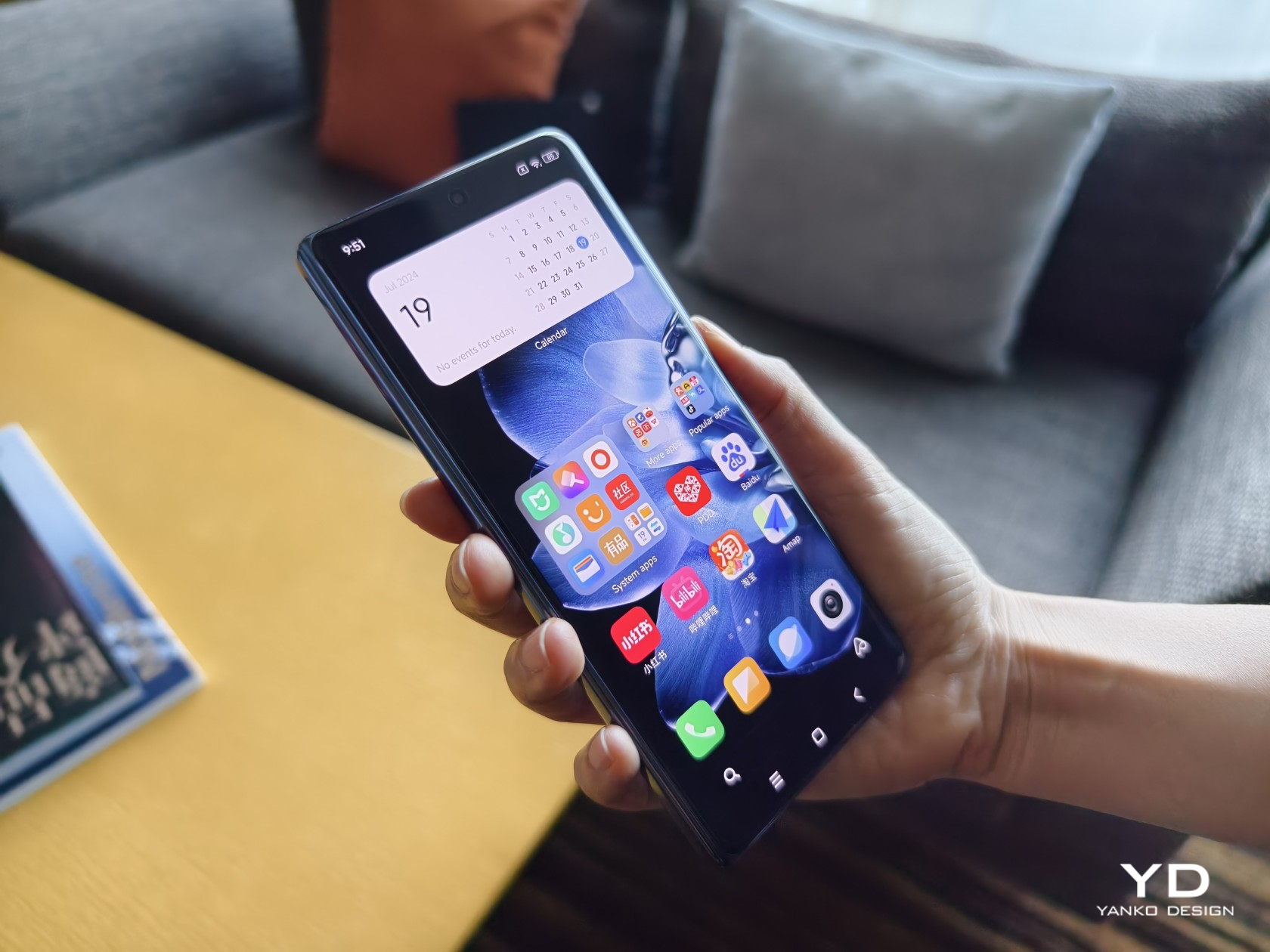
The Xiaomi MIX Fold 4 is crazy thin when laid open flat at 4.59mm, and with a 9.47mm thickness when folded close, it’s just 1mm shy of traditional phones. It’s also only 226g light, which is slowly getting closer to our definition of “normal.” Xiaomi credits no less than three technologies for this feat, like using lightweight yet durable carbon fiber materials in a few key parts. That said, the cover screen’s 21:9 aspect ratio still falls under the “tall and narrow” shape that has made many foldables like this a bit awkward to use. Aside from that, however, it’s really refreshing and delightful to hold such a thin and lightweight device.
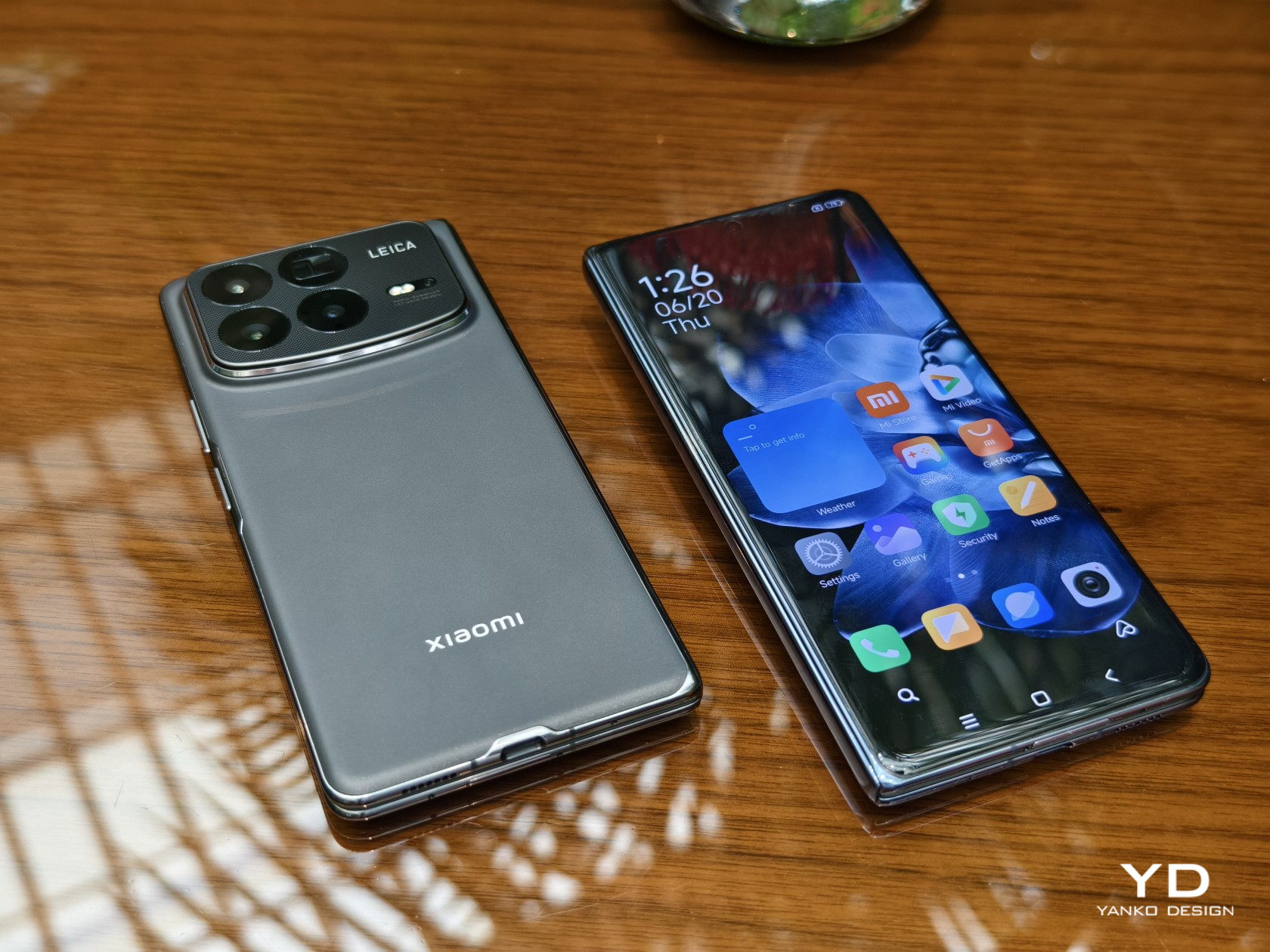

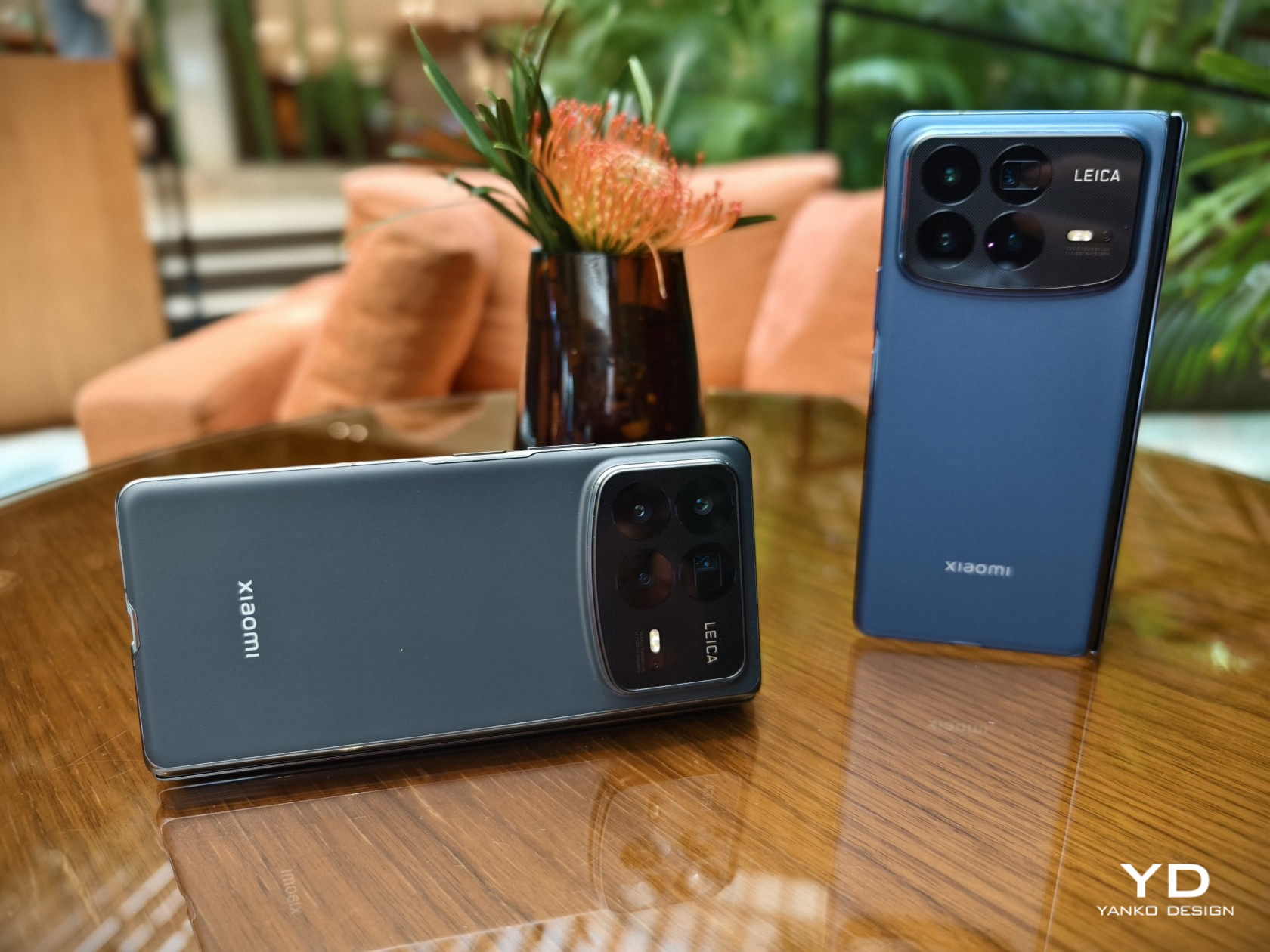
There are several consequences to shrinking the space inside a phone, from having less room for the battery or constricting airflow and affecting cooling. That’s even more problematic for foldable phones that have split their components, especially the battery, on two sides. You’d expect that a thinner foldable would have fewer features, but Xiaomi managed to surprise us yet again.
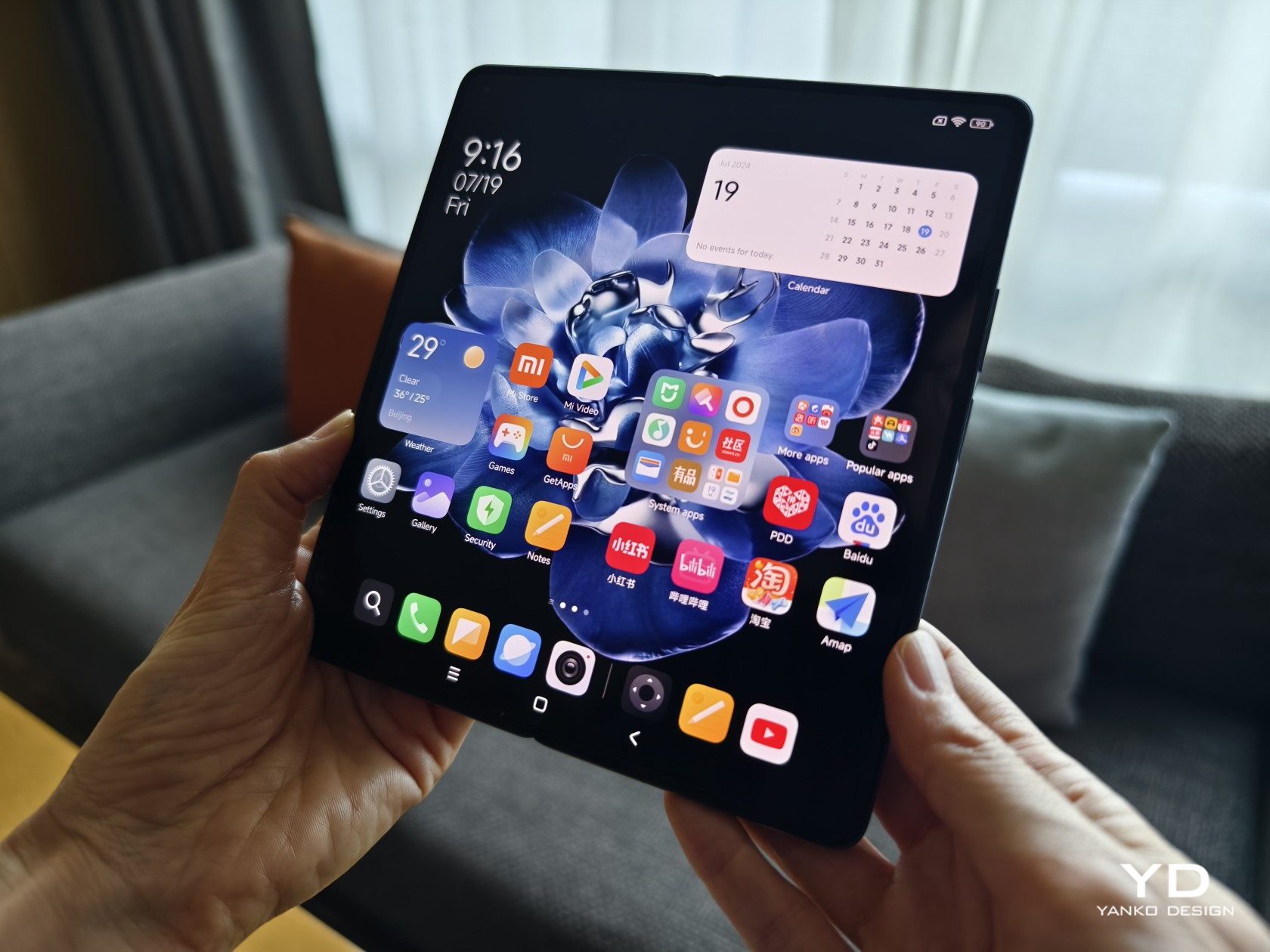

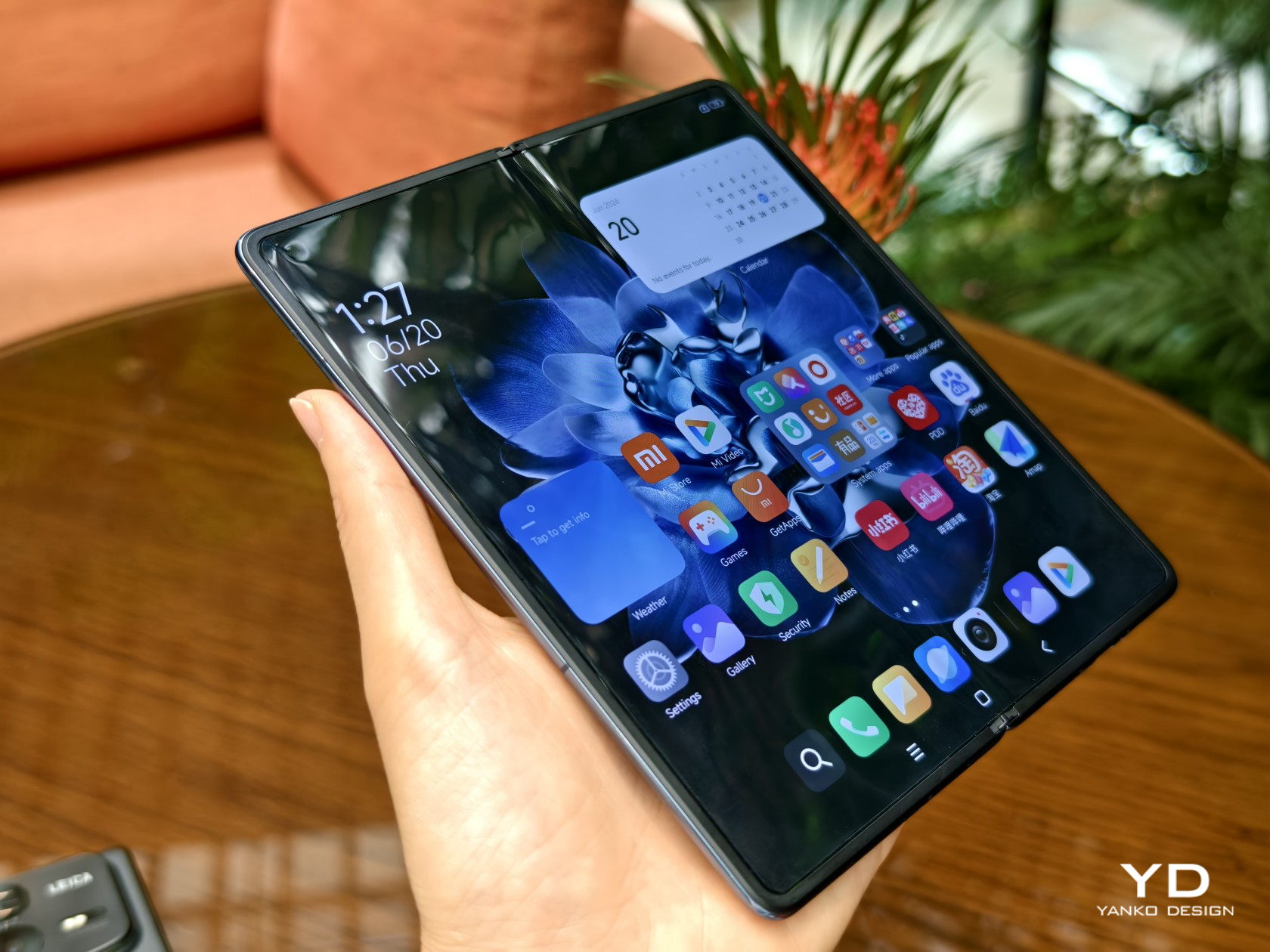
It’s already expected that the MIX Fold 4 will have the latest Snapdragon 8 Gen 3 processor and high-end memory, but getting a 5,100mAh battery that’s larger than its thicker predecessor is pretty impressive. Xiaomi didn’t skimp on the screens either, both with nearly identical capabilities, save for their sizes and aspect ratio. Unfortunately, our brief experience with the large foldable did disappoint us with a visible crease, a design flaw that’s already being squeezed out of other foldables. To be fair, though, you get used both to the appearance and even the feel of the crease so your mind begins to filter out its presence.
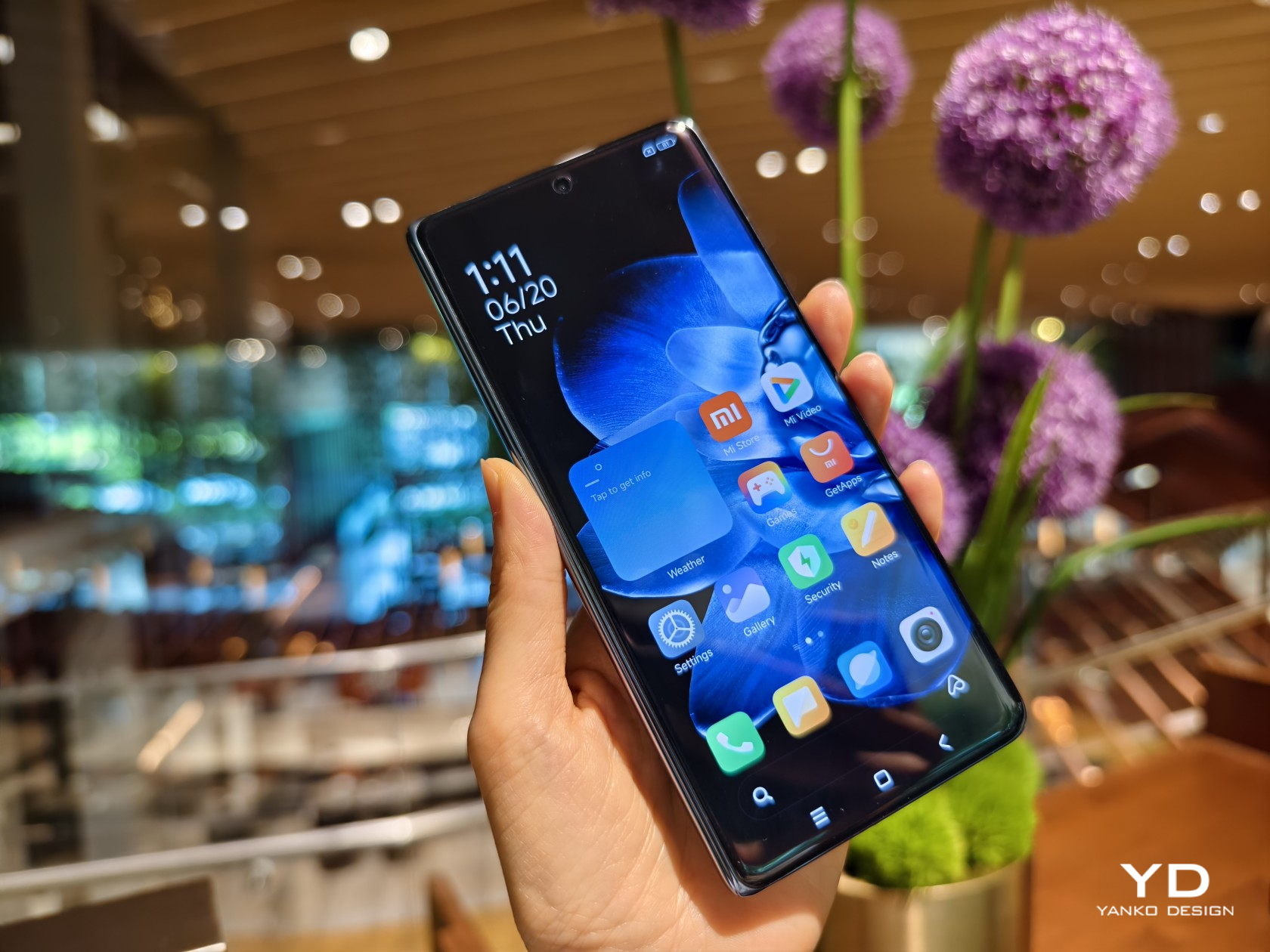
Whatever improvements Xiaomi made when it came to making the MIX Fold 4 extra-thin goes out the window when you see how thick the camera bump is, almost as thick as the (unfolded) phone itself. The raised box has a somewhat asymmetrical design where the lower edge curves down ever so slightly. There’s a grid pattern on the glass surrounding the cameras, and it’s actually a texture that you can feel with your finger. It’s a nice touch, but one that seems a bit out of the left field.
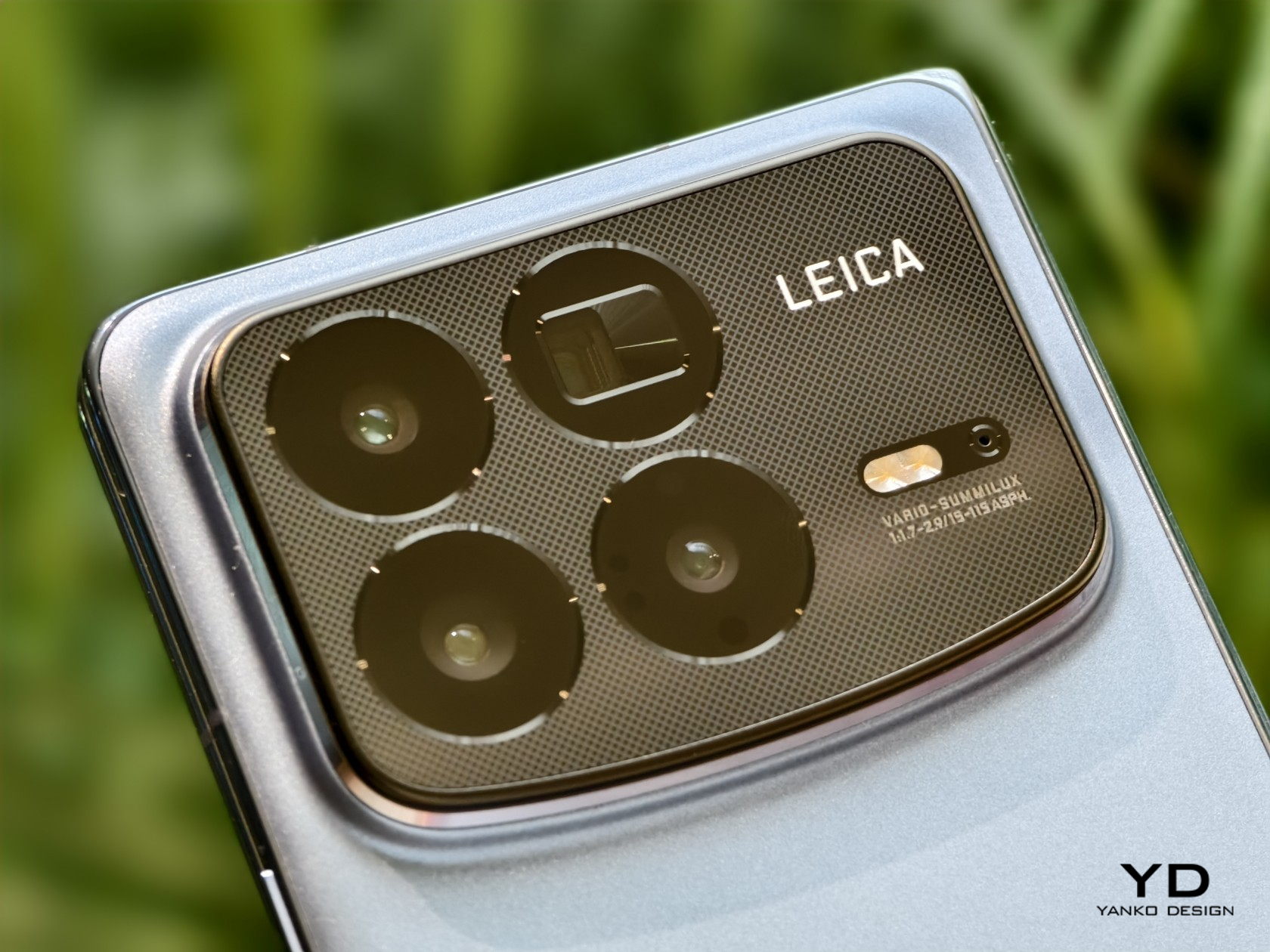
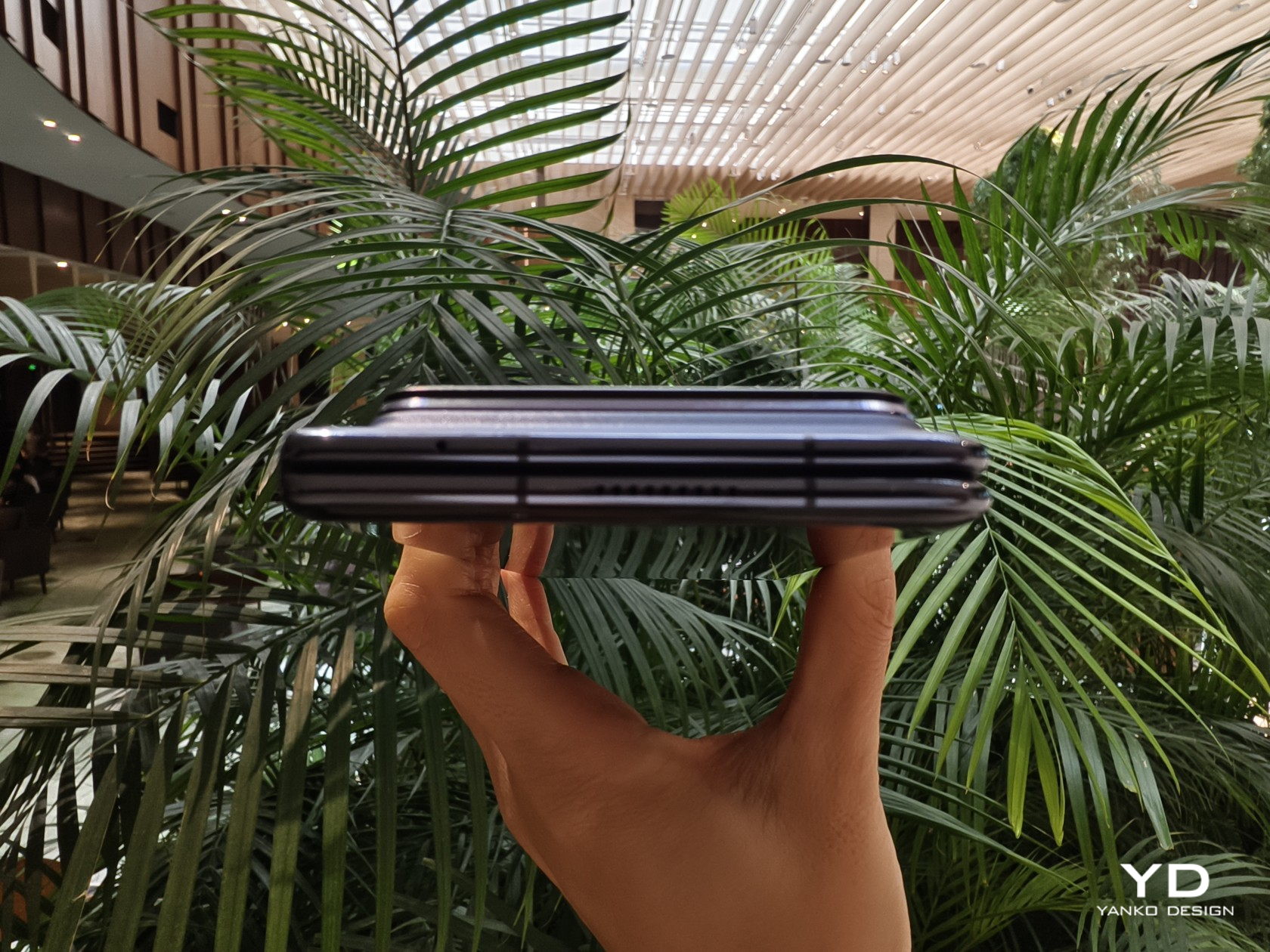
You will, however, forgive that slight design oddity when you witness the results of the four cameras on the MIX Fold 4’s back. There’s a 50MP main shooter with all the bells and whistles you’d expect, and it’s joined by not one but two 50MP telephoto cameras, one with a floating-style lens used for portrait and macro photography, the other with a periscope-style lens with 5x optical zoom. The ultra-wide camera has a 12MP sensor that’s admittedly just a small step higher than the typical measly 8MP. It still needs rigorous testing for verification, but what we’ve seen so far is enough to consider that large camera bump well worth the sacrifice.
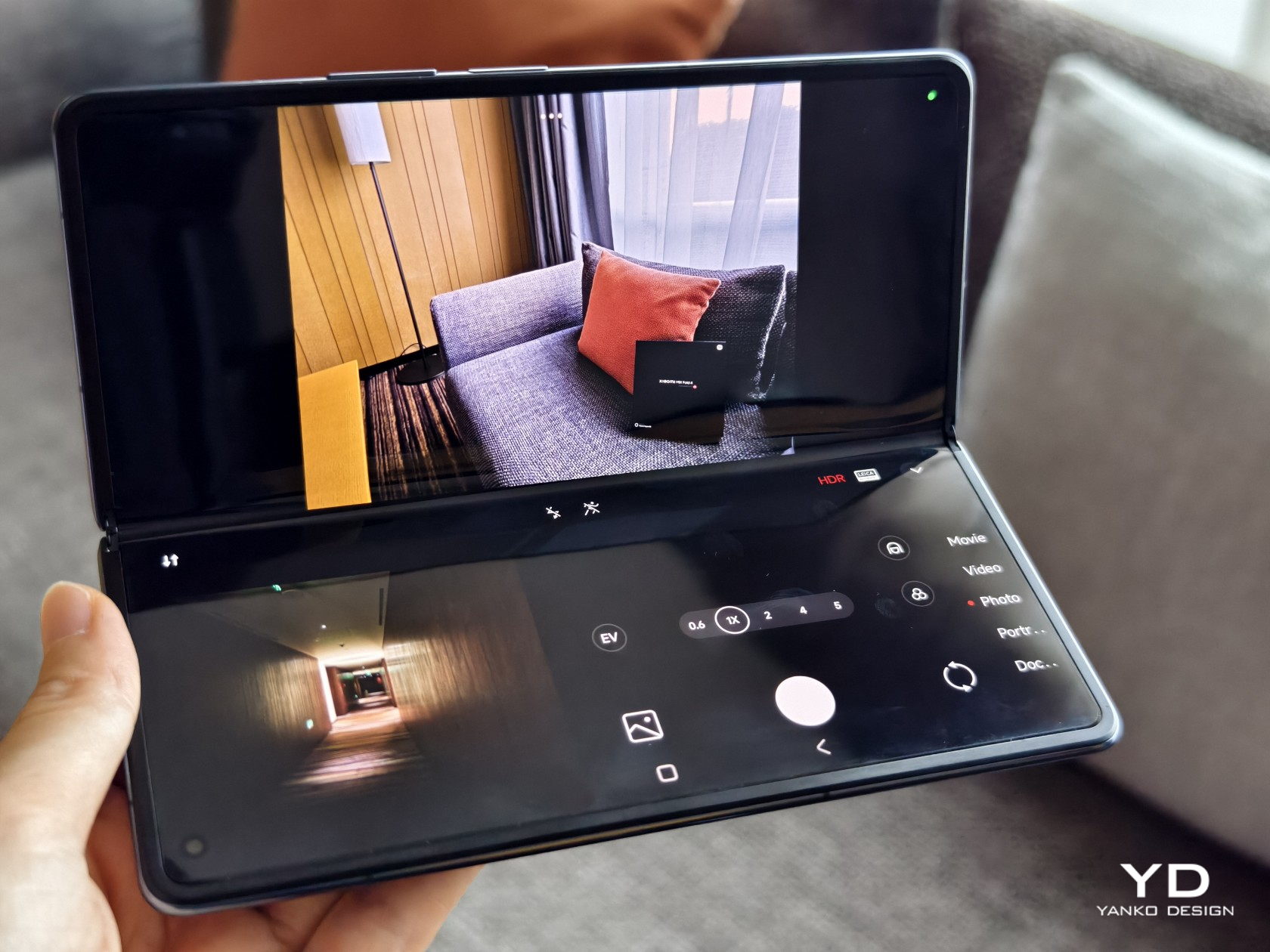
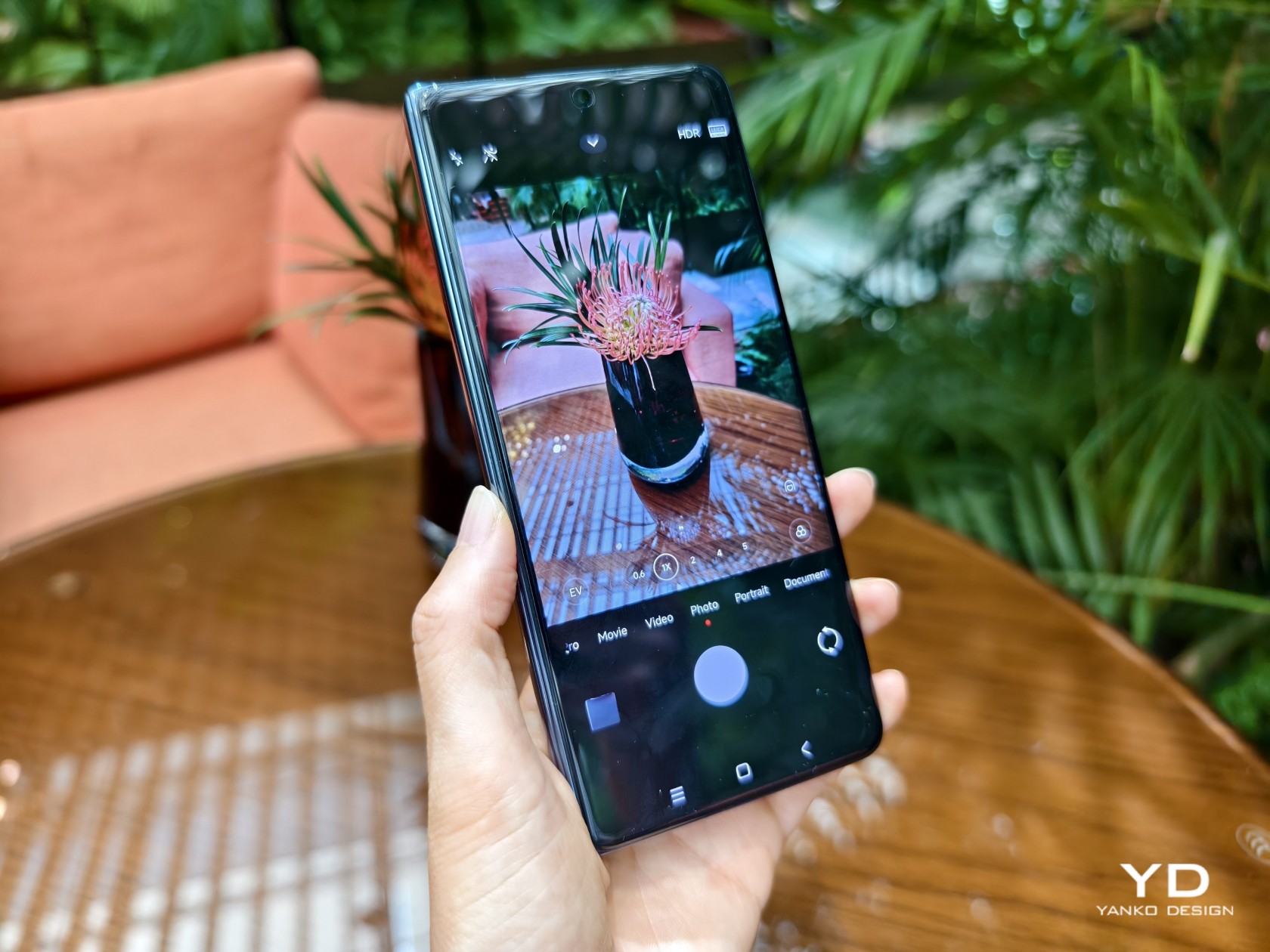
Almost everyone (except Apple, of course) is making a foldable phone these days, and the competition is heating up as more players join the race. It’s no longer enough to just have the latest specs or a durable hinge, you also need to push the envelope of design and performance to catch up with non-foldable flagships. With one of the thinnest and lightest designs in this segment and a quad-camera system that could be on par with the latest and greatest, the Xiaomi MIX Fold 4 is inching closer to that ideal where there will be very little reason to opt for a non-foldable phone.
While we had to part ways with the MIX Fold 4, be sure to be on the lookout for our review of the Xiaomi MIX Flip, the brand’s first foray into the land of compact clamshell foldables.
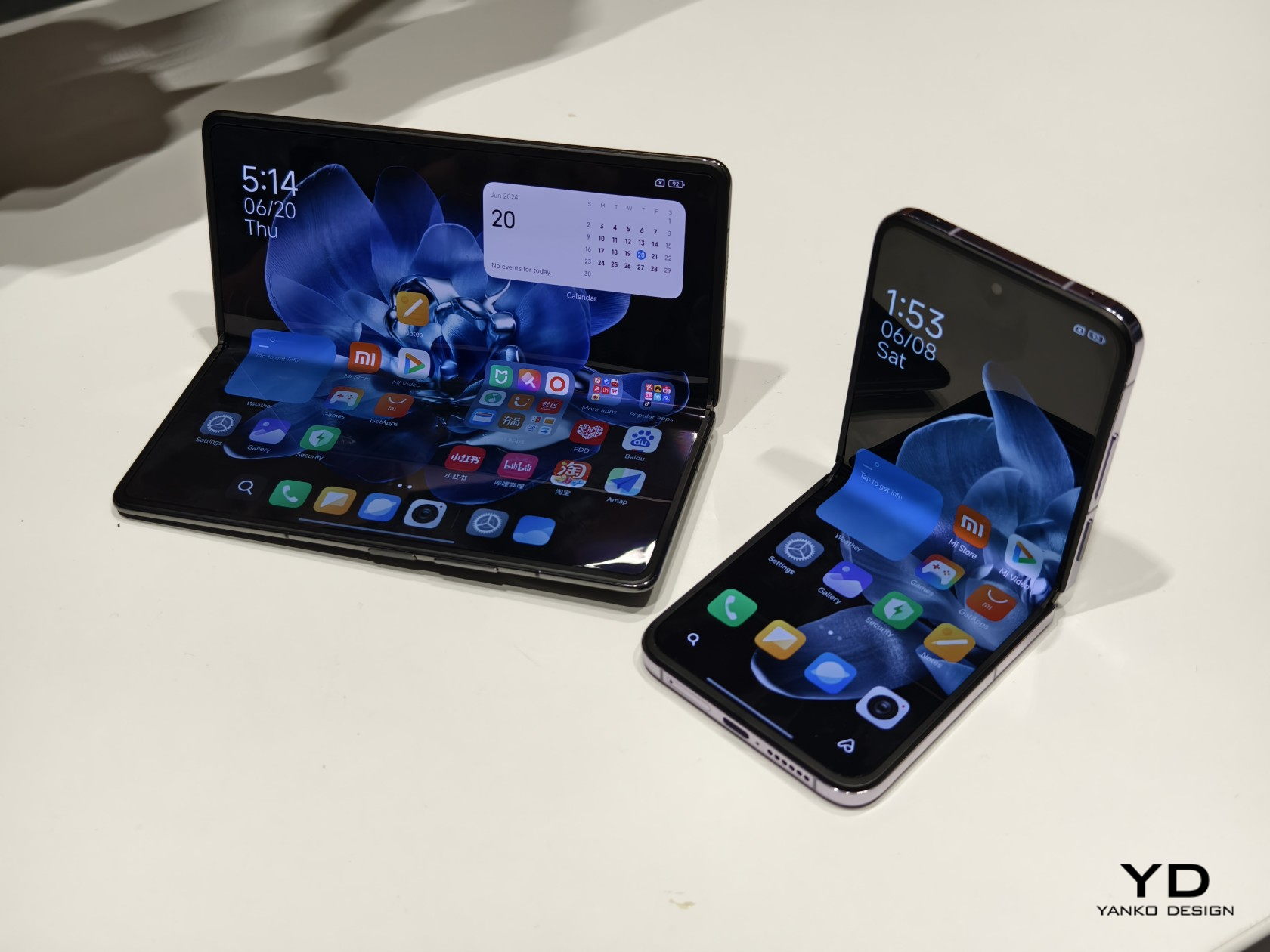
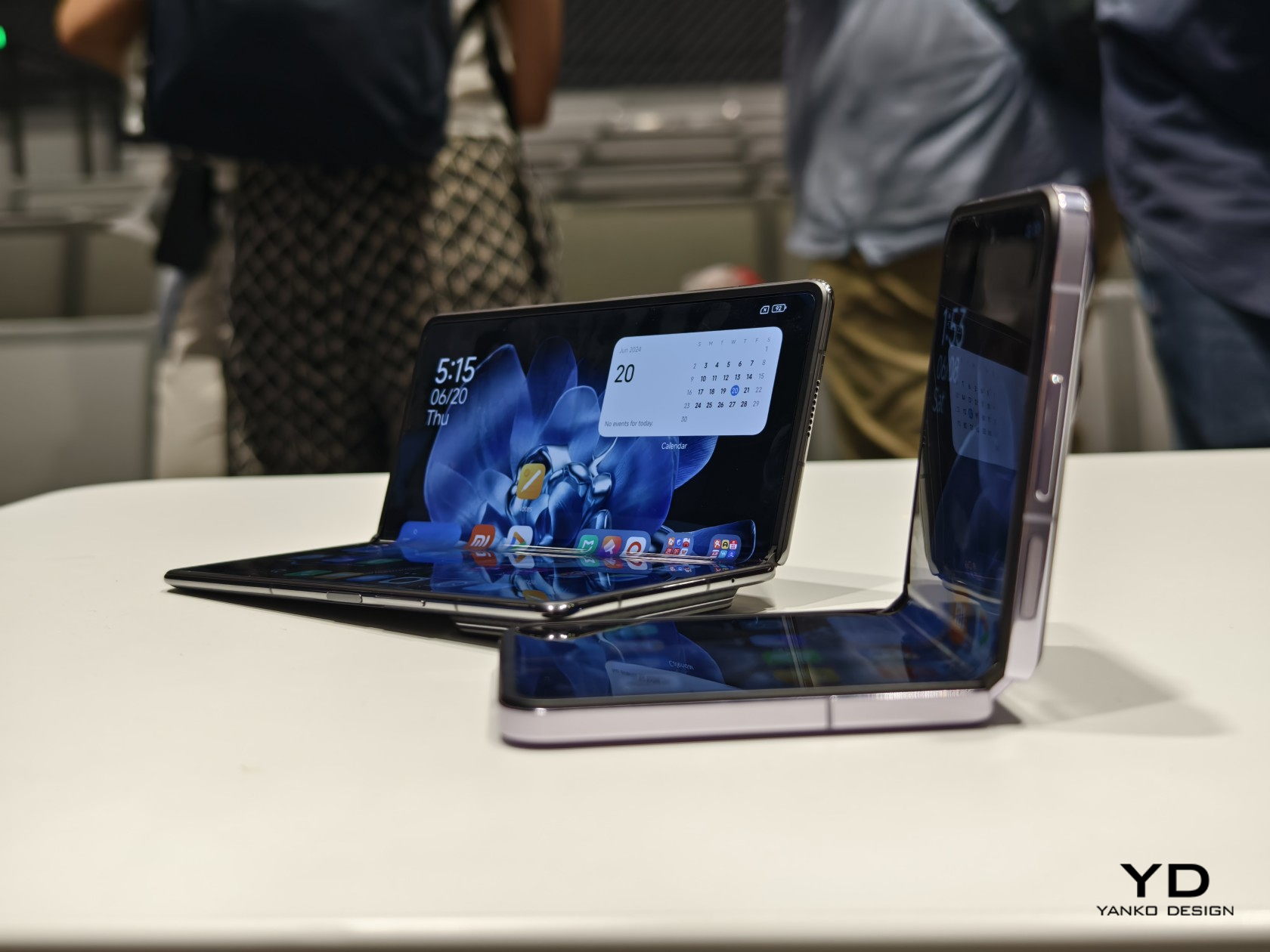
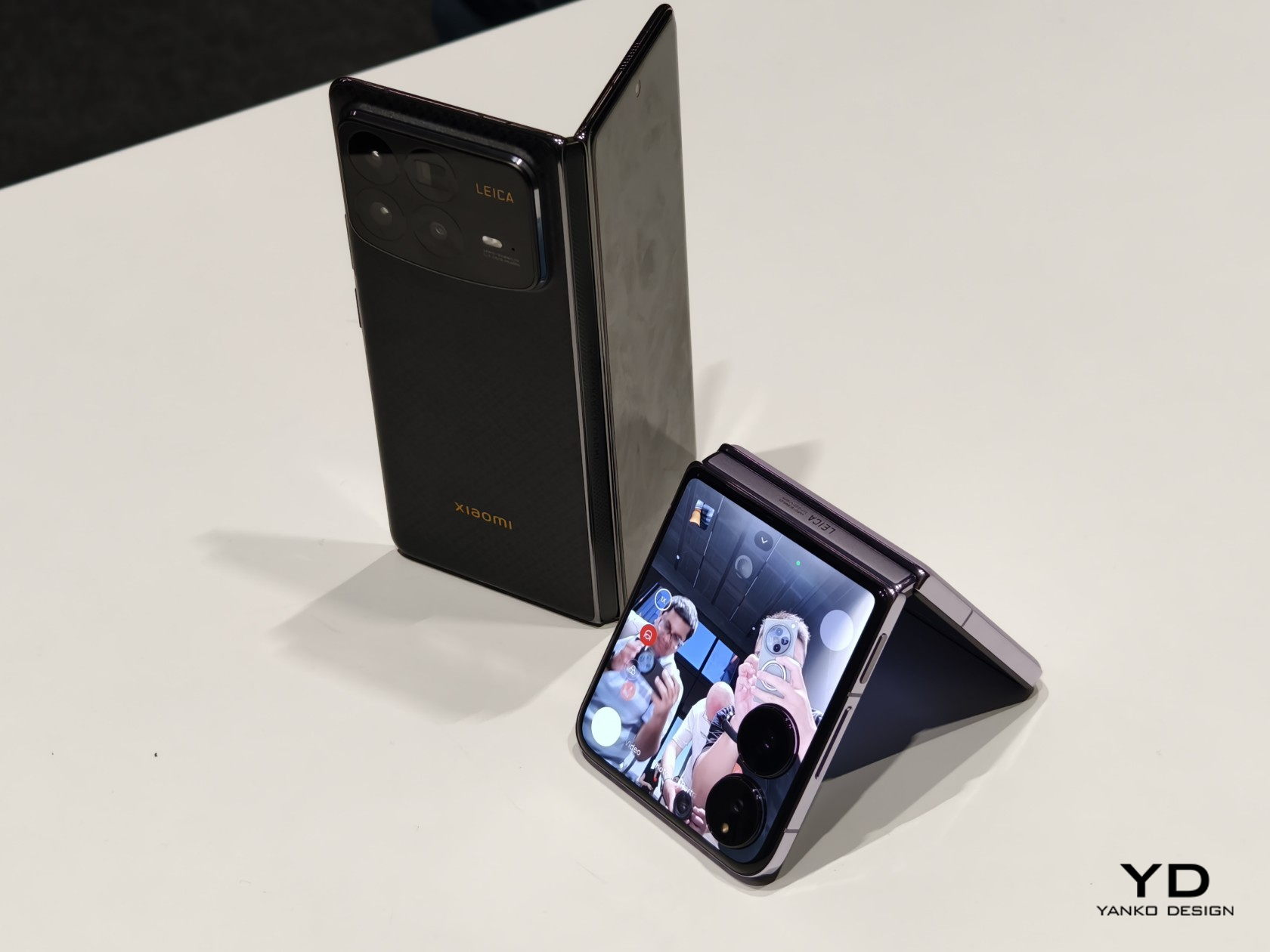
The post Xiaomi MIX Fold 4 Hands-on Review: Thin in Size, Big in Everything Else first appeared on Yanko Design.

Transparency is quite literally all the rage, with brands like Sharge (previously known as Shargeek), Nothing, and even Beats by Dre adopting the style. Xiaomi seems to be boarding the same train too, with leaked images showing that the company is working on a massive 25,000mAh power bank powerful enough to charge your phone nearly 5 times from 0 to 100, or even charge your laptop twice. This new futuristic design features a transparent front panel, offering a glimpse of the internal charging circuitry. In fact, a lesser-known Xiaomi subsidiary by the name of CUKTECH has been selling similar transparent-themed power banks. Now under the Xiaomi brand label, this upcoming power bank (which was leaked on Chinese social media site Weibo by user @体验more) will likely see a more mainstream audience, going head to head with brands like Sharge, while also boasting fast charging capabilities.
Designer: Xiaomi

Both Xiaomi’s upcoming power bank and CUKTECH’s own 25,000mAh power bank share many similarities. They both offer a 25,000mAh capacity, a trio of USB ports (two USB-C and one USB-A), and a handy color display on the front panel. However, Xiaomi pulls ahead with a maximum fast-charging output of 212W, surpassing the CUKTECH one’s 210W limit.
Delving deeper into the specs, the leaked information reveals that the first USB-C port outputs a maximum of 140W, while the second offers 45W. The USB-A port isn’t left behind either, providing up to 120W of quick charging. With this versatility, the power bank can breathe life into a wide range of devices, including even a demanding laptop like the MacBook Pro 16.

Another noteworthy detail is the 90.08 Wh rating mentioned in the leaked pictures. This ensures the power bank complies with International Civil Aviation Organization (ICAO) regulations for safe air travel, which possibly means this won’t be just a China-specific release.
While there’s no official word on pricing or availability yet, the CUKTECH 20 power bank offers a possible reference point. Priced at $129.99 and available internationally, we can expect Xiaomi’s offering to be priced similarly and likely launch globally as well.

The post Xiaomi Embraces Shargeek’s Transparent Cyberpunk Aesthetic With New 25,000mAh Power Bank first appeared on Yanko Design.
Meet your new favorite sidekick: the Xiaomi Watch 2! Stylish design, powerful performance, and tons of features to amp up your daily grind.
The post Xiaomi Watch 2: Your Stylish Smart Sidekick! first appeared on Trendy Gadget.
Meet the Xiaomi Watch S3: A stylish blend of classic design and modern tech. Track your fitness, stay connected, and look good doing it!
The post Get Stylishly Connected: Xiaomi Watch S3 Unveiled! first appeared on Trendy Gadget.
Get ready to revolutionize your fitness routine with the Xiaomi Smart Band 8 Pro! Track your workouts, monitor your health, and look stylish while doing it.
The post Get Fit in Style: Xiaomi Smart Band 8 Pro Unveiled! first appeared on Trendy Gadget.
Looking for a compact smartphone with killer cameras and smooth performance? Meet the Xiaomi 14! Perfect for everyday use and capturing life's moments.
The post The Compact Champ: Exploring the Xiaomi 14 Ultra first appeared on Trendy Gadget.
Say hello to the Xiaomi 14 Ultra: your all-in-one pocket studio! Capture stunning photos, shoot cinematic videos, and enjoy seamless performance on the go.
The post Say Cheese: Meet the Xiaomi 14 Ultra! first appeared on Trendy Gadget.
Meet the Xiaomi Pad 6S Pro 12.4: your ultimate productivity buddy! With its immersive display and powerful performance, it's perfect for work and play.
The post Meet Xiaomi’s 6S Pro: Your Ultimate On-the-Go Tablet! first appeared on Trendy Gadget.